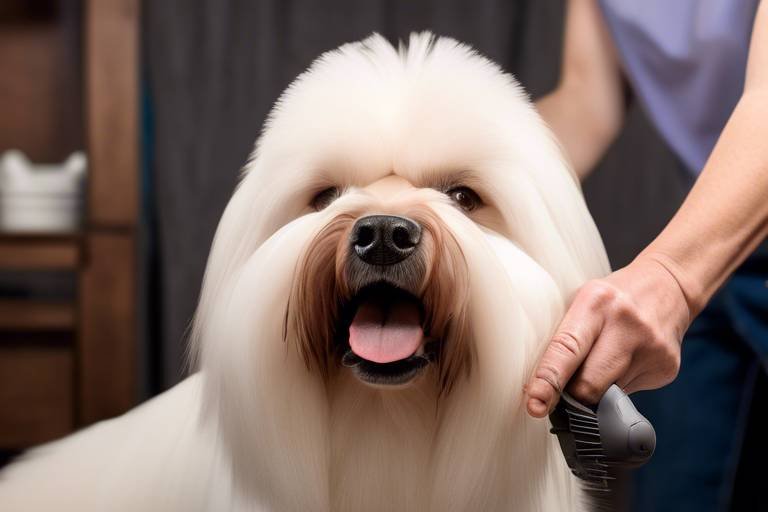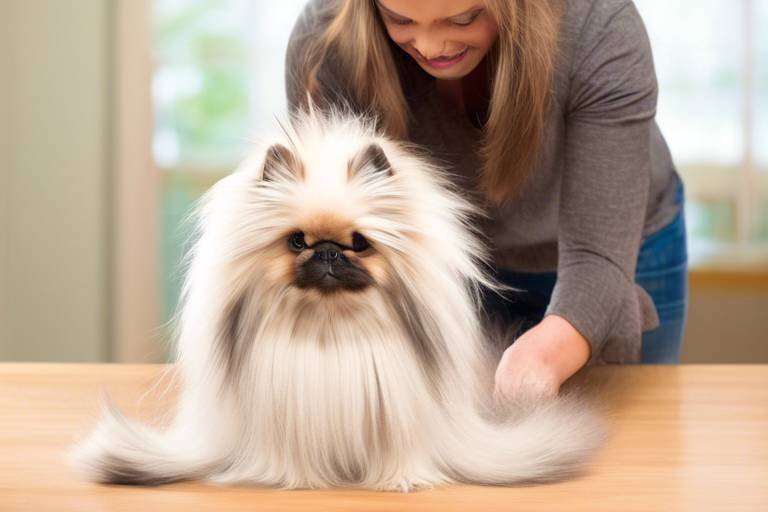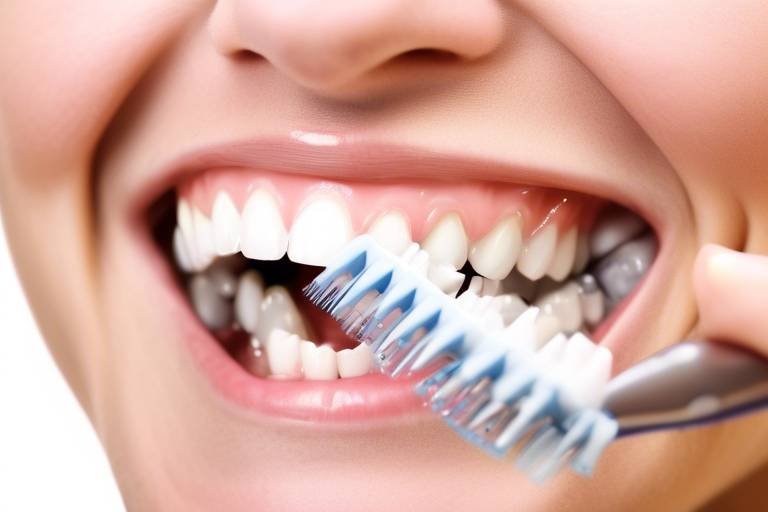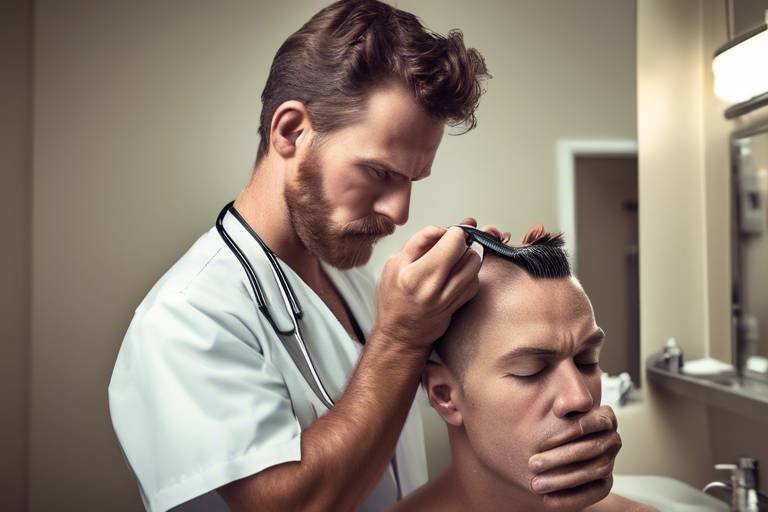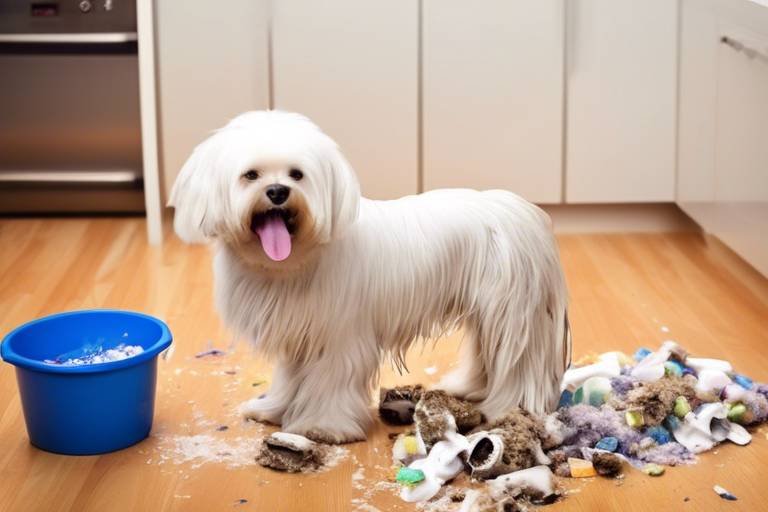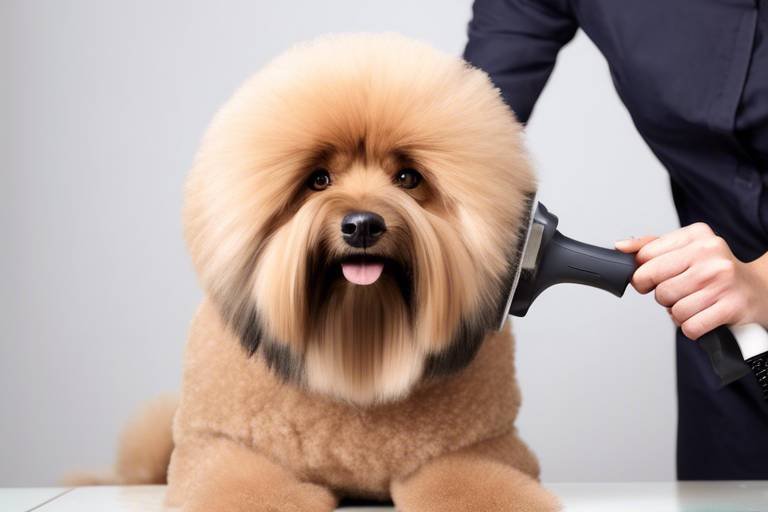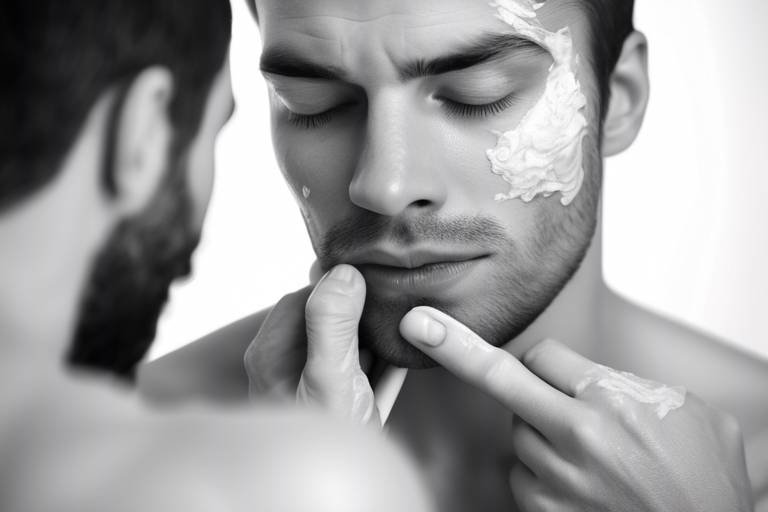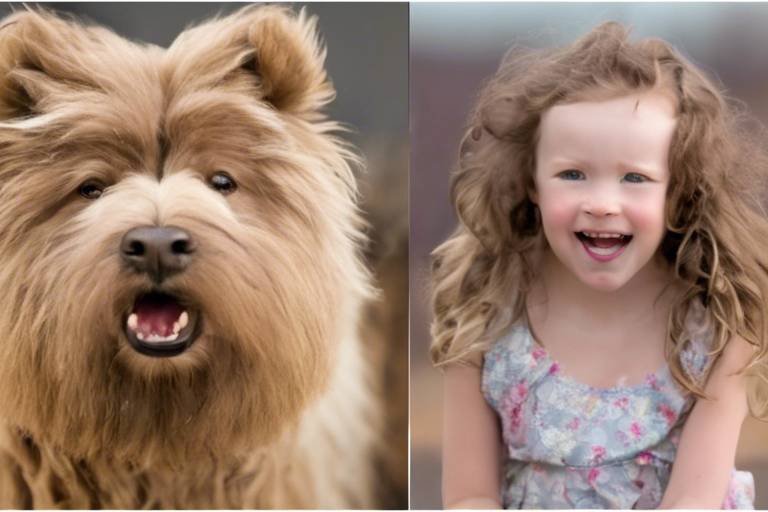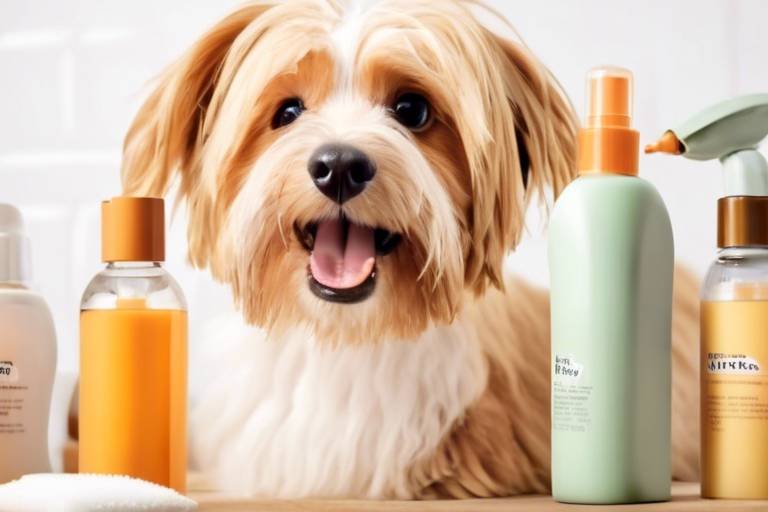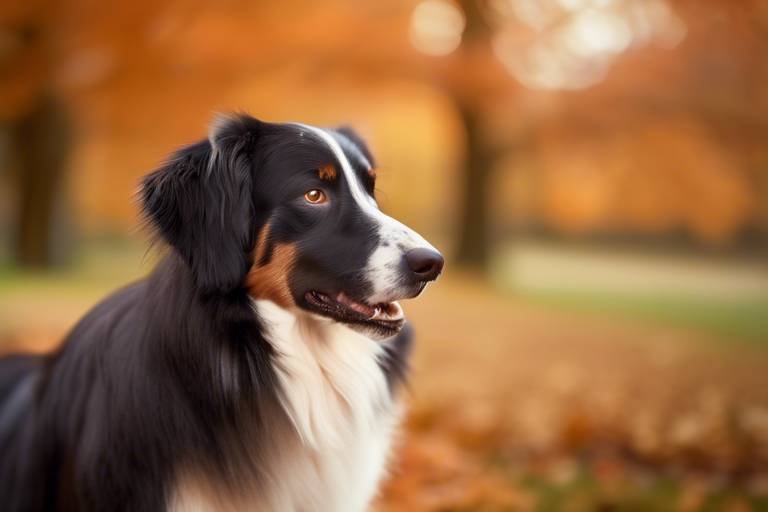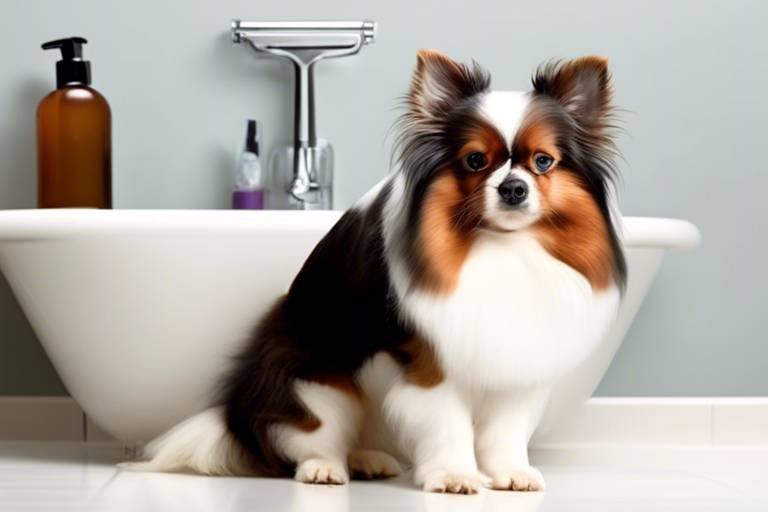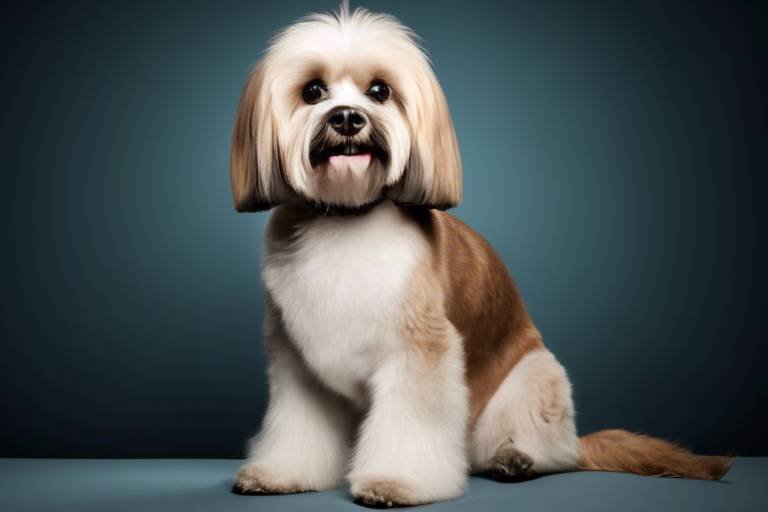How to Properly Groom a Double-Coated Dog
Grooming a double-coated dog can feel like navigating a jungle of fur, but fear not! With the right knowledge and tools, you can turn this into a rewarding experience for both you and your furry friend. Double-coated breeds, such as Huskies, Golden Retrievers, and German Shepherds, have a special coat structure that consists of an outer layer of guard hairs and a soft undercoat. This unique design serves to protect them from the elements, but it also means their grooming needs are a bit different from other breeds. So, let’s dive into the essential tips and techniques that will not only keep your dog looking fabulous but also ensure their comfort throughout the grooming process.
Before you grab your grooming tools, it's crucial to understand what makes double-coated breeds so unique. Their two-layer fur structure is designed for insulation, keeping them warm in winter and cool in summer. The outer coat is water-resistant and protects against dirt and debris, while the undercoat provides warmth. However, this also means that they shed heavily, especially during seasonal changes. Knowing this, you can prepare yourself for the inevitable fur explosion during shedding season! Understanding their coat type helps you tailor your grooming routine to keep your dog comfortable and healthy.
Having the right tools can make all the difference in your grooming routine. Imagine trying to paint a masterpiece with a single brush—frustrating, right? The same goes for grooming! Here’s a quick rundown of the essential tools you’ll need:
- Undercoat Rake: Perfect for removing loose undercoat fur without damaging the top layer.
- Slicker Brush: Great for untangling knots and smoothing the coat.
- De-shedding Tool: Helps manage shedding effectively, especially during peak seasons.
- Pet Shampoo: Choose a gentle, dog-specific shampoo that won’t strip natural oils.
- Nail Clippers: Keep those nails trimmed for your dog’s comfort and health.
With these tools in hand, you’re ready to tackle the grooming challenge head-on!
Brushing your double-coated dog is like giving them a mini massage—it's not just necessary; it’s enjoyable for them too! Aim to brush your dog at least two to three times a week, or daily during shedding season. When brushing, use the undercoat rake first to remove loose fur from the undercoat, then follow up with the slicker brush to smooth out the top layer. Remember to be gentle; you want to avoid pulling on their skin. Think of it like detangling a necklace: patience is key! By establishing a consistent brushing routine, you’ll help prevent mats and tangles while keeping your dog’s coat healthy and shiny.
Bathing a double-coated dog is a bit of an art. You don’t want to overdo it, as frequent bathing can strip their coat of essential oils. Generally, a bath every 6 to 8 weeks is sufficient, but this can vary based on your dog’s activity level and lifestyle. When you do bathe your furry friend, use warm water and a dog-specific shampoo. Be sure to rinse thoroughly to avoid any residue that could irritate their skin. Think of it like washing your favorite sweater; you want it clean but also want to maintain its softness and comfort. After the bath, towel-dry your dog and let them air dry completely before brushing them again to keep their coat looking its best.
Shedding is a common issue with double-coated dogs, and it can feel like you’re living in a fur tornado! To manage this, invest in a high-quality de-shedding tool and use it regularly, especially during shedding season. You’ll notice that double-coated dogs tend to shed in spring and fall, so prepare yourself! Regular brushing will minimize the amount of fur on your furniture and clothes. It’s like sweeping up after a party; the more often you do it, the less mess you have to deal with later!
Grooming isn’t just about the coat; ear and nail care are equally important. Check your dog’s ears weekly for dirt and wax buildup. Use a vet-approved ear cleaner and a cotton ball to gently clean the outer ear. As for nails, keeping them trimmed is vital to your dog’s comfort and mobility. If you hear clicking sounds on the floor, it’s time for a trim! Think of it as giving your dog a spa day—they’ll feel lighter and more comfortable.
Being proactive about grooming means recognizing when something isn’t right. Look out for signs like excessive scratching, redness, or bad odors, which could indicate skin issues. Mats and tangles can also lead to skin irritation if not addressed promptly. If you notice any of these signs, it might be time to seek professional help. Remember, your dog’s comfort and health should always come first!
Sometimes, despite your best efforts, your double-coated dog may need a little extra help. If you find yourself overwhelmed with mats, or if your dog is particularly anxious during grooming, don’t hesitate to reach out to a professional groomer. They have the skills and tools to handle even the toughest grooming challenges. Think of it as calling in the cavalry; sometimes, a little extra support goes a long way!
How often should I groom my double-coated dog?
Aim for at least two to three times a week, and daily during shedding season.
Can I bathe my dog too often?
Yes, bathing too frequently can strip their coat of natural oils. Every 6 to 8 weeks is usually sufficient.
What should I do if my dog has mats?
Try to gently work them out with a slicker brush or undercoat rake. If they’re too severe, consider visiting a professional groomer.
How can I reduce shedding in my home?
Regular brushing and de-shedding can help manage shedding. Also, consider using pet hair removers on furniture and clothing.
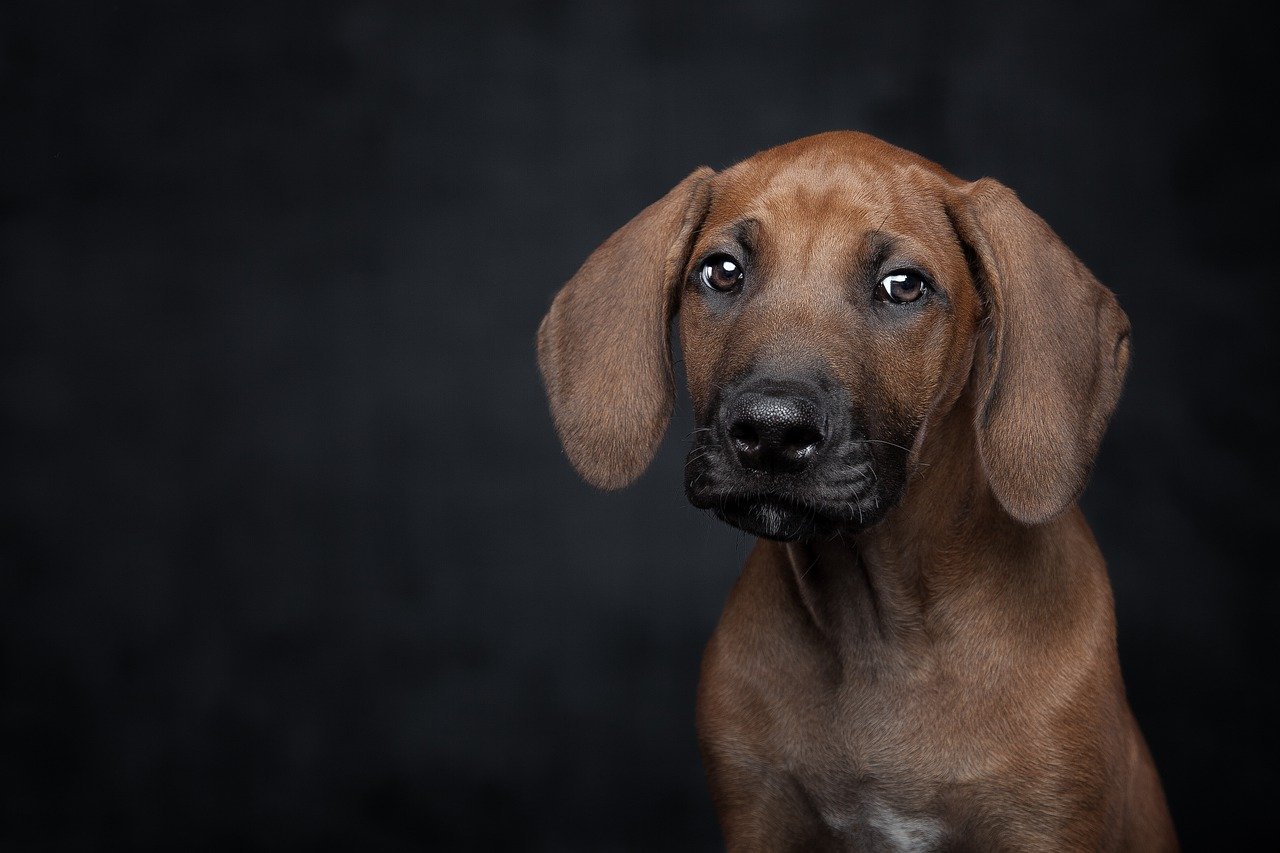
Understanding Double-Coated Breeds
When it comes to our furry friends, understanding their unique grooming needs is key to keeping them happy and healthy. Double-coated breeds are a fascinating group of dogs that boast two distinct layers of fur: a soft, insulating undercoat and a longer, protective outer coat. This unique structure serves a critical purpose, designed to keep these dogs warm in cold weather and cool in the heat. But, it also means that they require a bit more attention when it comes to grooming. So, what exactly defines a double-coated breed?
To put it simply, double-coated dogs have a coat that can be likened to a cozy winter jacket. The undercoat acts like a thermal layer, trapping heat in winter and providing insulation against the cold. Meanwhile, the outer coat protects against moisture and dirt, much like a raincoat. This dual-layer system is found in several popular breeds, including:
- Golden Retrievers
- Siberian Huskies
- German Shepherds
- Alaskan Malamutes
- Shiba Inus
Understanding these breeds is not just about recognizing their physical traits; it’s about appreciating their needs. For instance, double-coated dogs typically shed heavily during seasonal changes, often referred to as "blowing their coat." This can be a surprising event for new owners, as clumps of fur can seemingly appear out of nowhere! Knowing what to expect can help you prepare for these shedding seasons, ensuring you have the right tools and techniques on hand.
Moreover, the grooming routine for double-coated breeds is crucial. Regular brushing is essential to prevent mats and tangles, which can lead to skin issues if left unattended. Think of it as a daily workout for your dog’s coat; the more you brush, the healthier and more manageable it becomes. Additionally, keeping an eye on their skin health is vital, as the dense fur can sometimes hide irritations or infections. A little bit of knowledge goes a long way in ensuring your double-coated companion remains comfortable and healthy.
In summary, understanding double-coated breeds involves recognizing their unique coat structure, the importance of regular grooming, and being aware of their shedding patterns. By embracing these aspects, you can ensure that your furry friend not only looks great but feels great too!
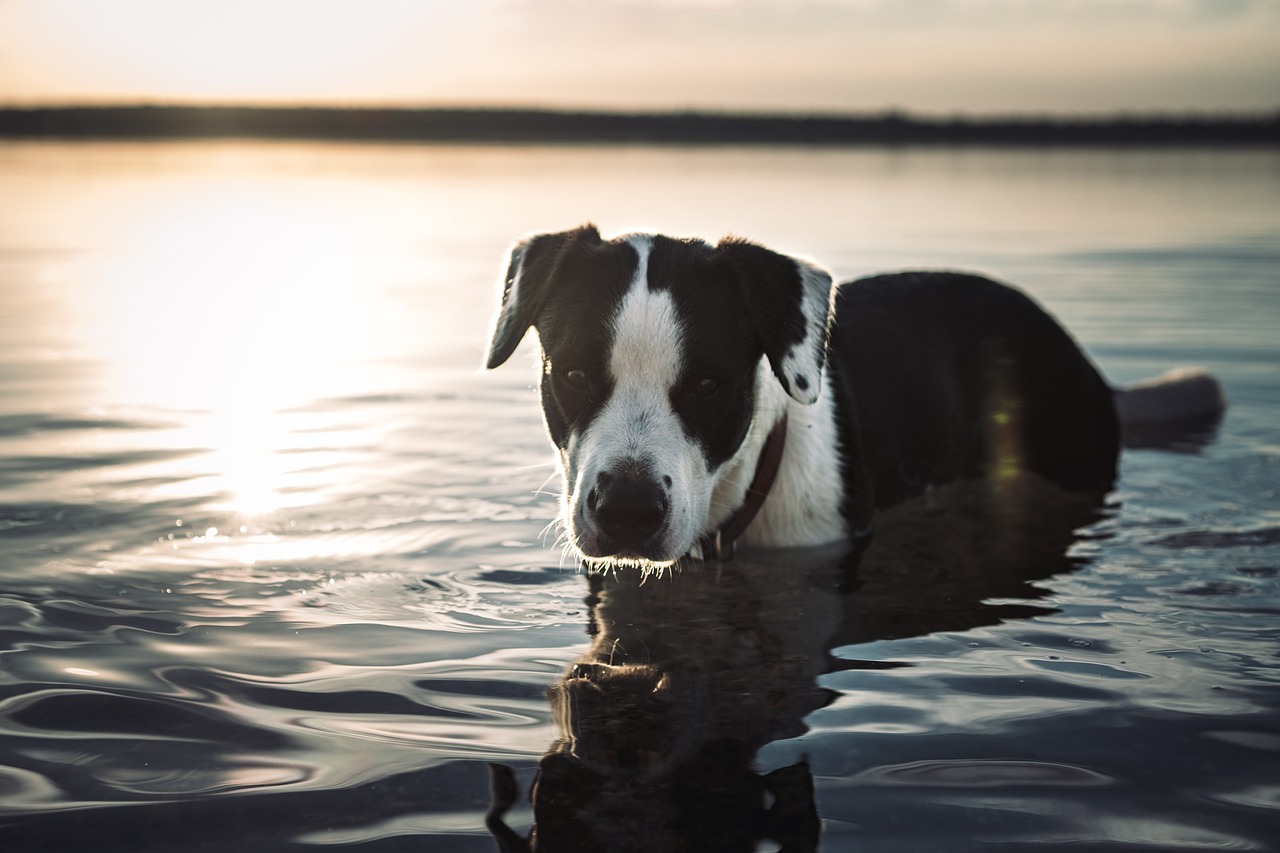
Essential Grooming Tools
When it comes to grooming your double-coated dog, having the right tools is absolutely crucial. Think of it like preparing for a big adventure; you wouldn't set out without the right gear, right? Similarly, having the proper grooming tools will make the entire process smoother and more enjoyable for both you and your furry friend. So, let’s dive into the essential tools you’ll need to keep your double-coated dog looking fabulous and feeling comfortable.
First and foremost, a good quality slicker brush is a must-have. This brush is designed specifically to penetrate through the dense undercoat, helping to remove loose fur and prevent matting. Imagine trying to untangle a necklace; a slicker brush works its magic in a similar way, gently teasing out knots without pulling too hard on your dog’s skin. For those stubborn mats, a dematting tool or comb can be invaluable. These tools help to safely cut through tangles while minimizing discomfort for your pet.
Next up is the undercoat rake. This tool is particularly effective during shedding season, as it helps to remove the soft undercoat that double-coated breeds are known for. Using an undercoat rake is like raking leaves in the fall; it clears away the excess while leaving the healthy coat intact. Pair this with a bristle brush for a finishing touch—this brush smooths the topcoat and adds a lovely shine to your dog's fur.
Now, let’s not forget about bathing supplies. A gentle, dog-specific shampoo and conditioner are essential for keeping your dog's coat clean and hydrated. Look for products that are free of harsh chemicals because, just like our skin, dogs can be sensitive to certain ingredients. A good rule of thumb is to choose shampoos that are labeled as hypoallergenic or all-natural.
Finally, you’ll need some grooming essentials that might not be as obvious but are equally important. A nail clipper or a grinder is essential for keeping your dog's nails trimmed and healthy. Long nails can be uncomfortable for your pet and can lead to other health issues down the line. Additionally, don’t forget about ear cleaning supplies; a gentle ear cleaner can help keep infections at bay and ensure your dog's ears are clean and healthy.
To summarize, here’s a quick overview of the essential grooming tools you’ll need:
| Tool | Purpose |
|---|---|
| Slicker Brush | Removes loose fur and prevents matting |
| Dematting Tool | Safely cuts through tangles |
| Undercoat Rake | Removes excess undercoat during shedding season |
| Bristle Brush | Smooths topcoat and adds shine |
| Dog Shampoo & Conditioner | Keeps coat clean and hydrated |
| Nail Clipper/Grinder | Keeps nails trimmed and healthy |
| Ear Cleaner | Maintains ear health and cleanliness |
Equipped with these essential grooming tools, you’ll be well-prepared to tackle the unique grooming needs of your double-coated dog. Remember, grooming is not just about aesthetics; it’s about ensuring your furry companion is comfortable, healthy, and happy!
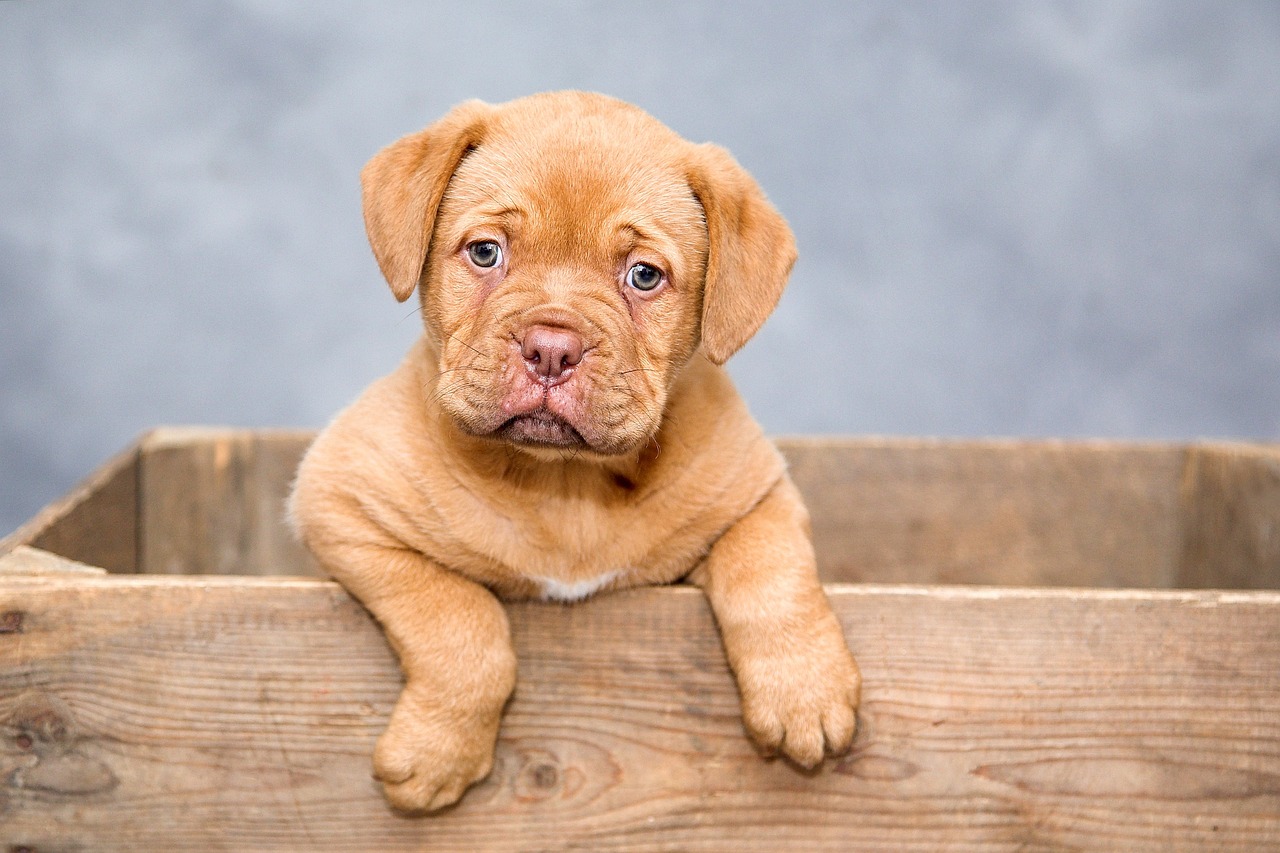
Brushing Techniques
When it comes to grooming double-coated dogs, brushing is one of the most critical aspects you need to master. These breeds, which include popular companions like the Golden Retriever and Siberian Husky, have a unique fur structure that consists of two layers: a dense undercoat and a longer outer coat. This double coat serves as insulation and protection, but it also means that brushing requires special techniques to avoid damaging the fur and to keep your furry friend comfortable. So, how do you go about brushing a double-coated dog effectively? Let's dive into some essential techniques!
First and foremost, it's important to choose the right brush for the job. There are several types of brushes available, but for double-coated breeds, a slicker brush and an undercoat rake are your best friends. The slicker brush is excellent for removing loose hair and debris from the topcoat, while the undercoat rake is specifically designed to reach the dense undercoat and remove any dead fur that may be trapped. Using a combination of these tools will help keep your dog's coat healthy and shiny.
Now, let's talk about frequency. Ideally, you should brush your double-coated dog at least once a week, but during shedding seasons—typically spring and fall—you may need to brush them every few days. This not only helps reduce shedding around your home but also promotes a healthy coat. Think of it like a workout for your dog’s fur; the more you brush, the healthier it stays!
When brushing, always start from the top and work your way down. Begin with the outer coat, using gentle strokes to avoid tugging or pulling on the fur. If you encounter any mats or tangles, don’t just yank them out; instead, use your fingers to gently separate the hair or use a dematting tool. Remember, patience is key here! Rushing the process can lead to discomfort for your pooch and may even result in skin irritation.
In addition, consider the direction in which you brush. Always brush in the direction of hair growth, which will help to keep your dog calm and relaxed during the process. If your furry friend starts to squirm or show signs of discomfort, take a break. It’s essential to make grooming a positive experience, so reward your dog with treats and praise throughout the session!
Lastly, don’t forget about the importance of regular grooming sessions. These are not just about keeping your dog looking good; they also provide an excellent opportunity to check for any skin issues, parasites, or abnormalities. Just like you wouldn’t skip your own hair care routine, your dog deserves the same level of attention and care!
In summary, mastering the brushing techniques for double-coated dogs involves the right tools, regularity, gentle handling, and a keen eye for detail. By incorporating these practices into your grooming routine, you’ll not only keep your dog's coat looking fabulous but also strengthen the bond between you and your furry friend.
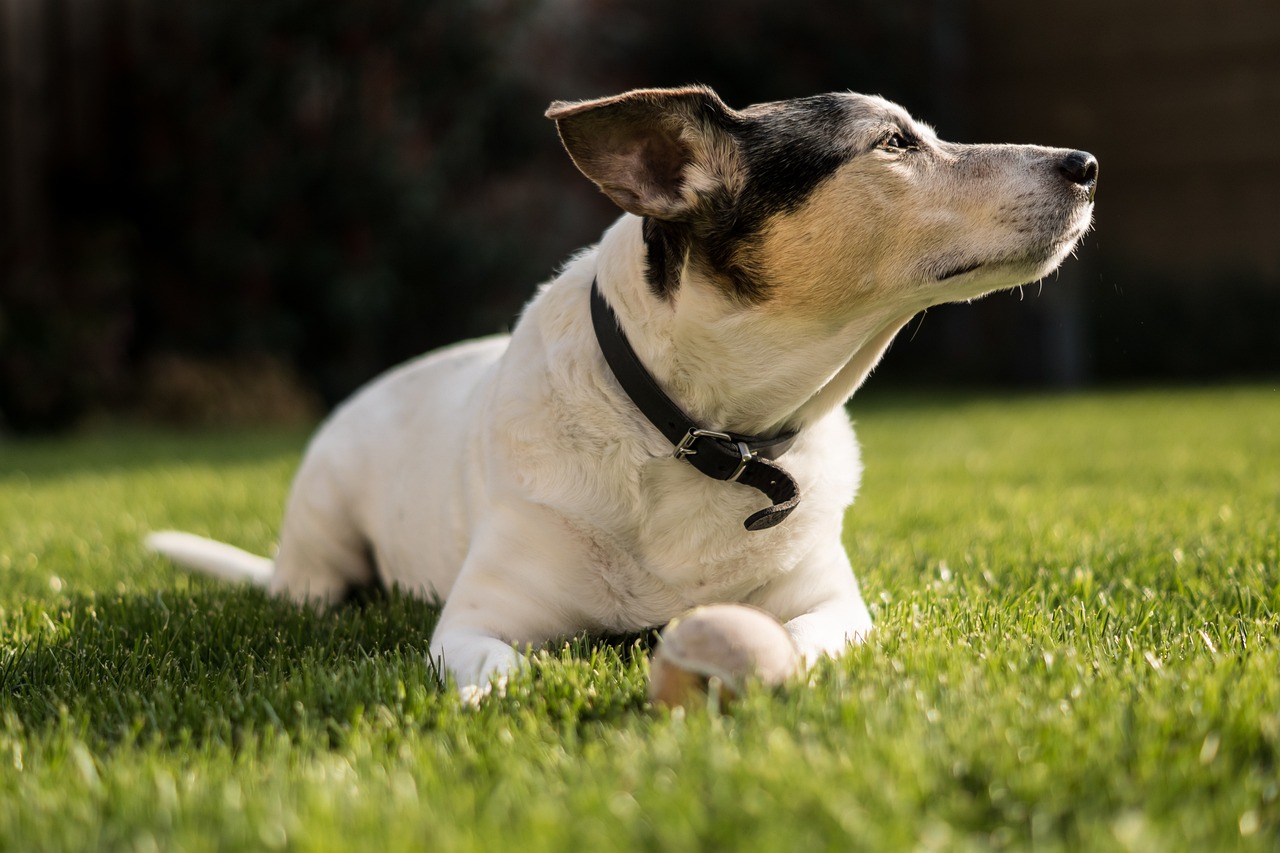
Bathing Guidelines
Bathing your double-coated dog is not just about splashing water and lathering up with shampoo; it’s a delicate dance that requires precision and care. These breeds have a unique fur structure, consisting of a dense undercoat and a longer outer coat, which means that their bathing needs are a bit different from those of single-coated dogs. So, how often should you bathe your furry friend? Generally, it's recommended to bathe them every 6 to 8 weeks, but this can vary based on their activity level and lifestyle. If your dog loves to roll around in the mud or has a penchant for jumping into lakes, you might need to adjust the frequency accordingly.
When it comes to products, choosing the right shampoo is crucial. Look for a gentle, **dog-specific shampoo** that is free from harsh chemicals and fragrances. A good option is a shampoo designed specifically for double-coated breeds, as it helps maintain the natural oils in their coats while providing a deep clean. Additionally, consider using a conditioner to help detangle the fur and keep it soft and manageable. After all, no one likes a scruffy coat!
Now, let’s talk about the bathing process itself. Start by thoroughly brushing your dog before the bath. This helps remove loose hair and mats, which can become worse when wet. Next, use lukewarm water—too hot or too cold can be uncomfortable for your dog. Wet their coat thoroughly, avoiding the ears and eyes, and apply the shampoo, massaging it into the fur to create a rich lather. Rinse well, as leftover shampoo can irritate their skin. After rinsing, apply the conditioner, leave it on for a few minutes, then rinse again.
Remember, the rinsing stage is essential; any leftover product can lead to skin problems. Once your dog is clean, gently towel-dry them to remove excess water. If your dog tolerates it, using a blow dryer on a low setting can help dry their coat more thoroughly. Just be sure to keep it at a safe distance to avoid overheating their skin. Finally, reward your pup with a treat or a play session to make the experience positive, reinforcing that bath time can be fun!
- How often should I bathe my double-coated dog? It’s generally recommended every 6 to 8 weeks, but adjust based on your dog's lifestyle.
- Can I use human shampoo on my dog? No, human shampoos can irritate your dog's skin. Always opt for dog-specific products.
- What if my dog hates baths? Gradually acclimate them to water and always reward them with treats after a bath to create a positive association.
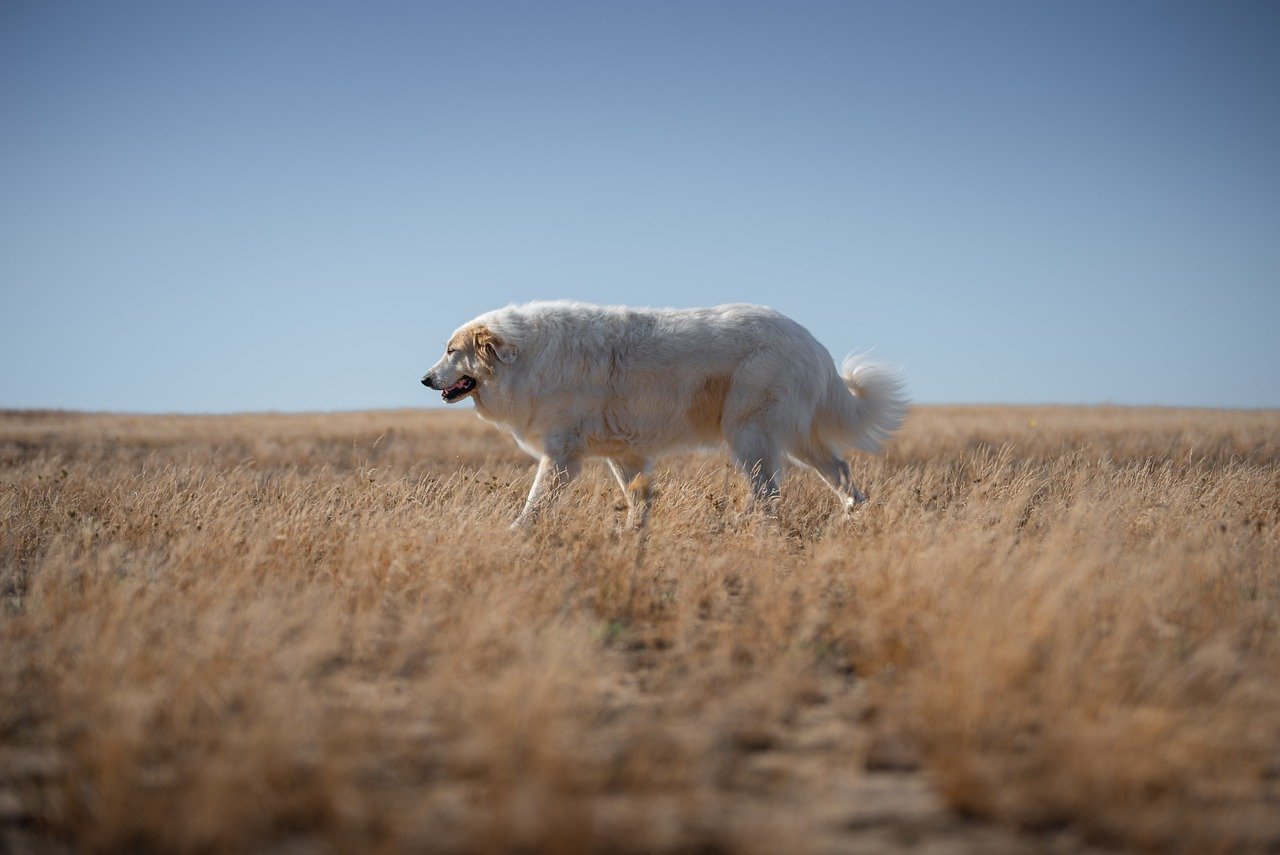
Dealing with Shedding
Ah, shedding! It's like that uninvited guest who shows up at every gathering, isn't it? For double-coated dogs, shedding is a natural part of life, but that doesn't mean you have to let it take over your home. Understanding the shedding cycle of your furry friend is crucial. Generally, double-coated breeds will shed more heavily during seasonal changes, particularly in spring and fall. This is when they shed their undercoat to prepare for the warmer or cooler months ahead. So, what can you do to manage this furry phenomenon?
First and foremost, regular grooming is your best friend. By brushing your dog several times a week, you can significantly reduce the amount of loose fur around your home. Consider using a de-shedding tool or an undercoat rake, which is specifically designed for double-coated breeds. These tools help to remove the loose undercoat without damaging the outer coat, making the process more efficient and comfortable for your pet.
Another effective strategy is to establish a routine. For instance, you could set aside a specific day each week for grooming sessions. Not only does this create a predictable schedule for your dog, but it also helps you stay on top of the shedding. Plus, it gives you a chance to bond with your furry companion! Remember, consistency is key. If you find that your dog is particularly heavy-shedding during certain times of the year, you might want to increase the frequency of grooming sessions during those periods.
In addition to brushing, consider incorporating a high-quality diet into your dog's routine. Nutritional deficiencies can lead to poor coat health, which may exacerbate shedding. Look for dog foods rich in omega fatty acids, as these can promote a healthy coat and skin. You can also discuss with your veterinarian about adding supplements, if necessary, to help manage shedding.
Now, let’s talk about cleaning your home. While it’s impossible to eliminate shedding completely, you can minimize its impact. Regular vacuuming, especially with a vacuum designed for pet hair, can help keep your living space fur-free. You might also want to invest in lint rollers or pet-specific cleaning tools to tackle those stubborn fur balls that seem to appear out of nowhere!
Lastly, don't forget to keep an eye on your dog's health. Excessive shedding can sometimes be a sign of underlying health issues, such as allergies or skin conditions. If you notice a sudden increase in shedding or if your dog’s skin appears irritated, it’s time to consult your vet. After all, your dog's health and comfort should always come first.
- How often should I groom my double-coated dog? Ideally, you should groom them at least once a week, but during heavy shedding seasons, more frequent grooming may be necessary.
- What tools do I need for grooming? A slicker brush, undercoat rake, and de-shedding tool are essential for managing a double coat.
- Can diet affect my dog's shedding? Yes, a balanced diet rich in omega fatty acids can promote a healthy coat and reduce excessive shedding.
- Is shedding normal for double-coated dogs? Absolutely! Shedding is a natural process, especially during seasonal changes.
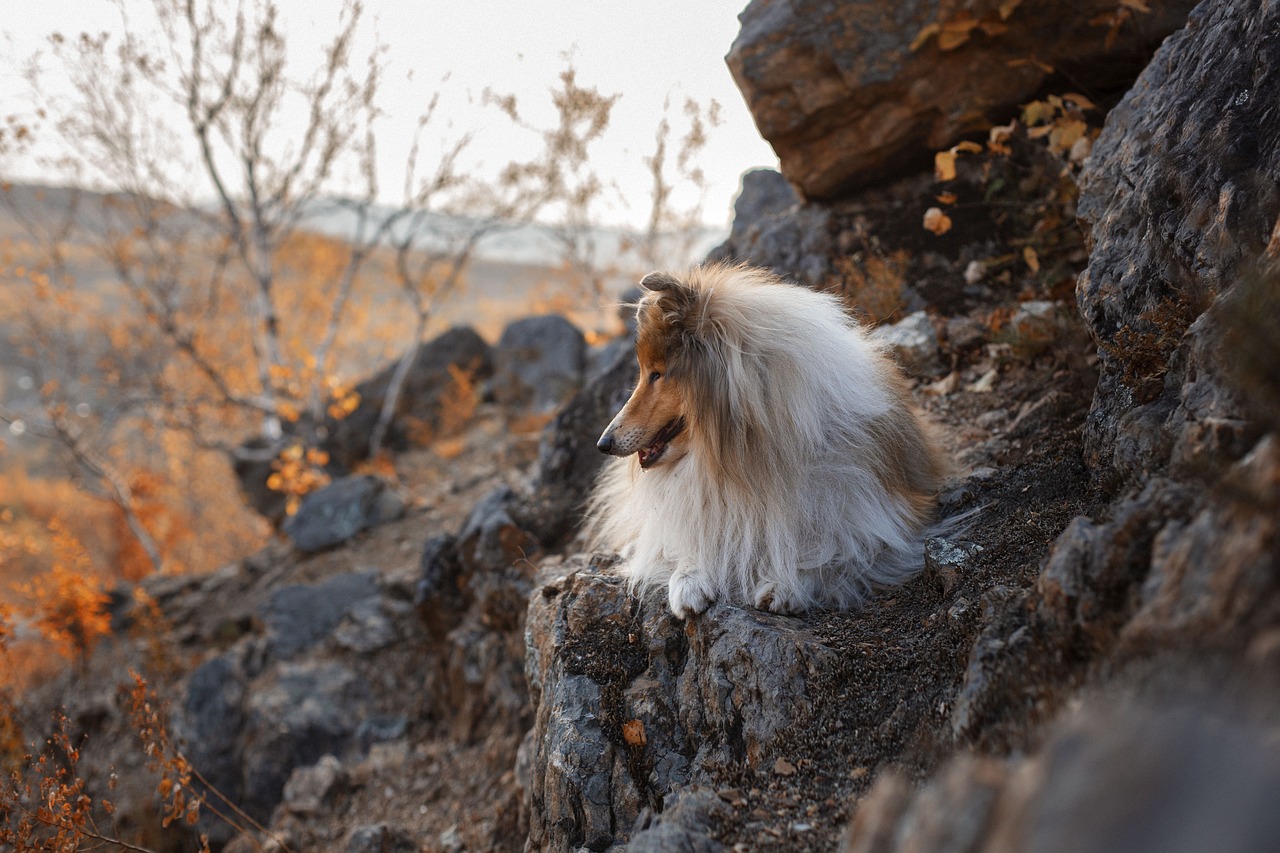
Ear and Nail Care
When it comes to grooming your double-coated dog, are often overlooked but equally important aspects that contribute to your pet's overall health and hygiene. Just like we need to keep our ears clean and our nails trimmed, our furry friends require the same attention. Neglecting these areas can lead to discomfort and potential health issues, so let’s dive into some essential practices to keep your dog's ears and nails in tip-top shape.
First off, let's talk about your dog's ears. Double-coated breeds can be prone to ear infections due to their unique ear structure and the thick fur that often encircles their ears. To prevent any issues, it's crucial to regularly check and clean your dog's ears. You can use a gentle ear cleaner designed specifically for dogs. Apply a few drops into the ear canal, gently massage the base of the ear, and let your dog shake its head. This will help dislodge any dirt or wax buildup. Afterward, use a cotton ball to wipe away any debris from the outer ear. Remember, never insert anything deep into the ear canal, as this can cause injury.
Now, onto nail care! Just as we wouldn't want to walk around with unkempt nails, your dog deserves the same treatment. Long nails can cause discomfort and lead to issues with walking or running. To keep your dog's nails healthy, aim to trim them every 3-4 weeks. If you're unsure how to do this, consider investing in a good quality nail clipper or a nail grinder. Start by getting your dog accustomed to having its paws handled. You can reward them with treats to make the experience positive. When you're ready to trim, be cautious of the quick—the pink area inside the nail that contains blood vessels. If you accidentally cut into the quick, it can be painful and bleed, so it’s best to trim small amounts at a time.
For those who might be a bit squeamish about nail trimming, there are alternatives like padded nail clippers or even taking your dog to a professional groomer. They can provide a stress-free experience for both you and your furry companion. Remember, regular nail maintenance is not just about aesthetics; it’s about ensuring your dog can move comfortably and maintain a healthy posture.
In summary, ear and nail care are vital components of your dog’s grooming routine. By keeping an eye on their ears and regularly trimming their nails, you can help prevent discomfort and health issues down the line. Make these practices a regular part of your grooming schedule, and your dog will thank you with wagging tails and happy barks!
- How often should I clean my dog's ears? It's generally recommended to check and clean your dog's ears every 1-2 weeks, or as needed, to prevent infections.
- What should I do if my dog doesn't like having its nails trimmed? Start by handling their paws gently and rewarding them with treats. If they remain anxious, consider seeking help from a professional groomer.
- Can I use human ear cleaner on my dog? No, human ear cleaners can be too harsh for dogs. Always use products specifically designed for canine use.
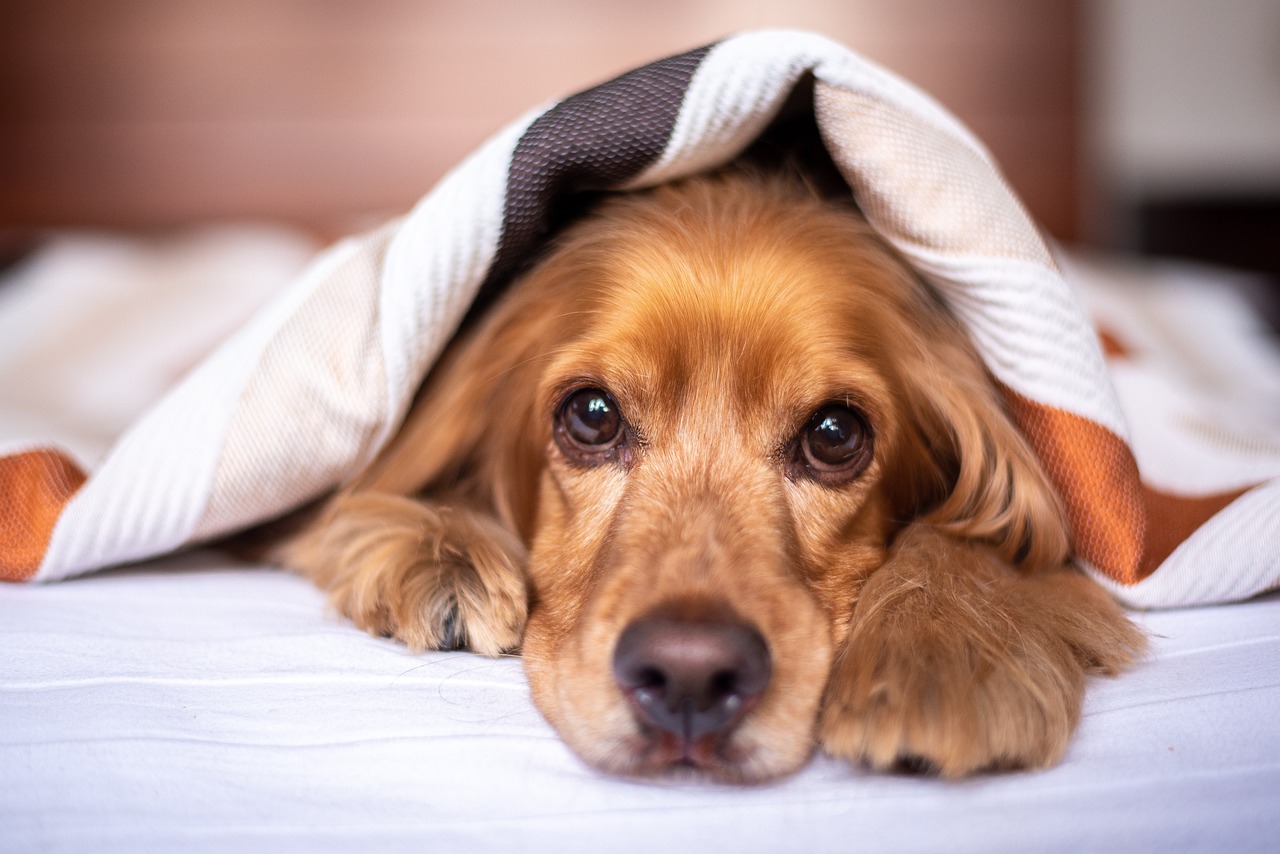
Signs of Grooming Issues
As a devoted pet owner, it’s crucial to be vigilant about your dog's grooming needs. After all, your furry friend relies on you to keep them looking and feeling their best. But how do you know if there’s an underlying grooming issue? There are several signs that can indicate your double-coated dog may be experiencing grooming problems. For instance, if you notice excessive scratching or biting at their skin, it could be a sign of irritation or an underlying skin condition. Just like we might scratch an itch that won’t go away, dogs can become quite distressed when their skin is uncomfortable.
Another red flag to watch for is a change in their coat’s texture or appearance. Is it looking dull and lifeless? This could indicate a lack of proper grooming or even nutritional deficiencies. A healthy coat should be shiny and vibrant, much like a well-polished car. If your dog’s fur starts to look more like a worn-out mop, it’s time to reassess your grooming routine.
Furthermore, keep an eye out for mats and tangles in their fur. Double-coated breeds are particularly prone to matting, especially if they’re not brushed regularly. These tangles can trap dirt, moisture, and even pests, leading to further complications. If you find yourself tugging at mats with little success, it might be time to consider professional grooming assistance. Remember, the goal is to keep your dog comfortable and free from pain, much like how we wouldn’t want to walk around with a tangled mess in our hair!
Another common issue that signals a need for grooming attention is an unpleasant odor emanating from your dog. While dogs have their own natural scent, a strong, foul smell can indicate that they need a bath or that there’s a problem lurking beneath the surface, such as infections or skin conditions. Just as you’d notice if a friend hasn’t showered in a while, your dog’s odor can tell you a lot about their grooming health.
Finally, if your dog is showing signs of discomfort during grooming sessions—like whining, growling, or trying to escape—it’s essential to take a step back. This behavior could mean they associate grooming with pain or discomfort, which might stem from previous negative experiences. In such cases, consider seeking help from a professional groomer who can provide a gentle touch and help your dog feel more at ease.
In summary, being aware of these signs can help you maintain your dog's grooming routine effectively. Regular check-ins on their coat, skin, and overall demeanor can make a significant difference in their health and happiness. If you ever feel unsure, don’t hesitate to reach out to a professional groomer. They can provide valuable insights and assistance to ensure your double-coated dog is well-cared for.
Q: How often should I groom my double-coated dog?
A: Generally, double-coated dogs should be groomed at least once a week, but during shedding seasons, more frequent grooming may be necessary.
Q: What should I do if my dog has mats in their coat?
A: If you encounter mats, try using a dematting tool or brush gently. If the mats are severe, consider taking your dog to a professional groomer.
Q: Can I use human shampoo on my dog?
A: No, human shampoos can disrupt the pH balance of your dog's skin. Always use a shampoo specifically formulated for dogs.
Q: How can I minimize shedding in my double-coated dog?
A: Regular brushing, a healthy diet, and proper hydration can significantly reduce shedding. Additionally, consider using de-shedding tools designed for double-coated breeds.
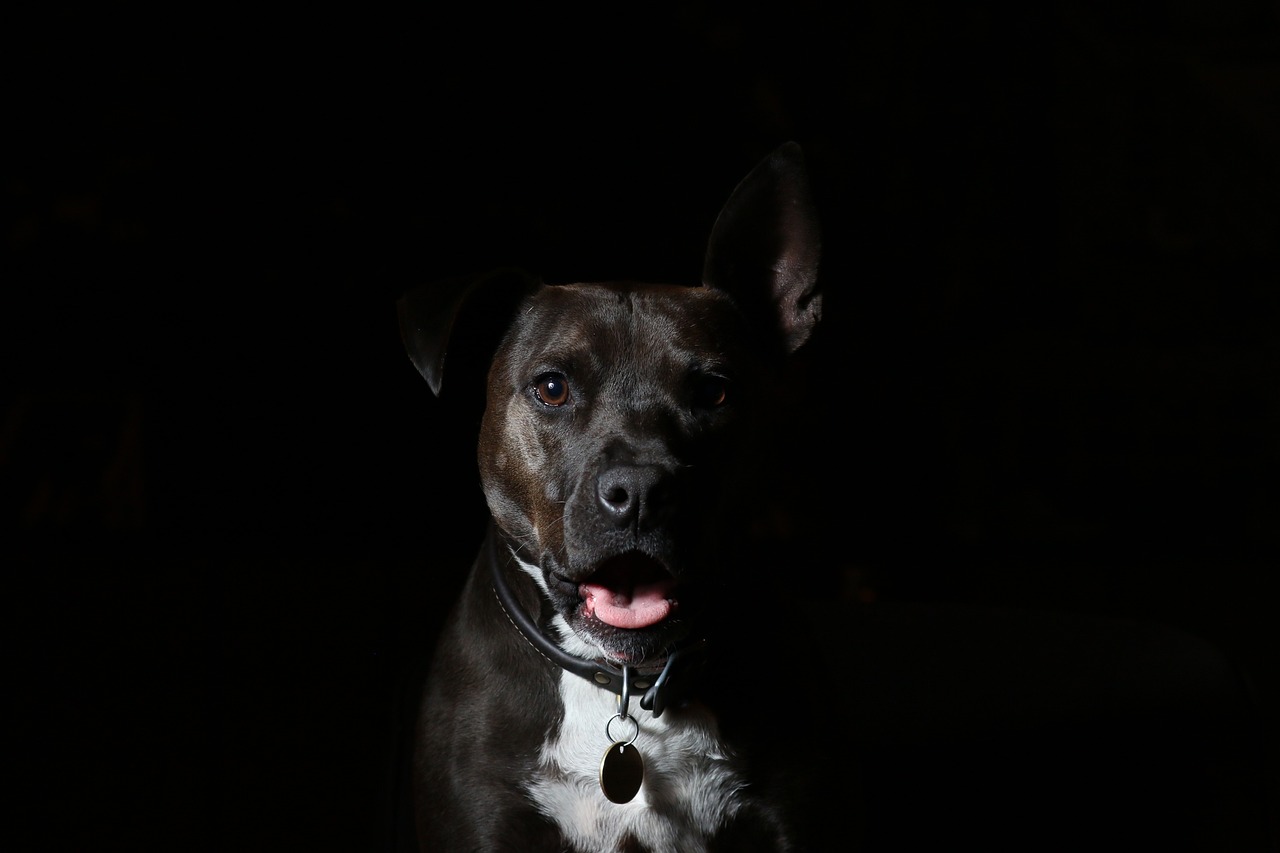
When to Seek Professional Help
Grooming your double-coated dog can be a rewarding experience, but there are times when it’s best to call in the professionals. Just like how we sometimes need a skilled hairdresser for that perfect cut, our furry friends can benefit from expert grooming too. So, when should you consider seeking professional help? Here are some key indicators that it might be time to make that call.
Firstly, if your dog’s coat is matted or tangled beyond your ability to manage, professional groomers have the tools and expertise to safely detangle and remove mats without hurting your pup. Mats can trap dirt, moisture, and even pests, leading to skin issues if not handled properly. If you notice that your dog is uncomfortable or if you’re struggling to brush out the tangles, it’s a clear sign that professional intervention is needed.
Another situation is when your dog has not been groomed for an extended period. If you’ve adopted a double-coated breed or if you’ve been unable to maintain their grooming schedule, their coat may require more than a simple brush. Professional groomers can provide a thorough cleaning and grooming session that you might not be able to replicate at home.
Health issues can also dictate the need for professional grooming. If your dog has any skin conditions, allergies, or other medical concerns, a groomer can help assess the coat and skin while providing a gentle grooming experience. They can also advise you on the best grooming practices tailored to your dog’s specific needs.
Additionally, if your dog is particularly anxious or aggressive during grooming sessions, it might be safer for both you and your pet to seek professional help. Groomers are trained to handle dogs of all temperaments and can often provide a calm environment that helps ease your dog's anxiety.
Lastly, if you simply don’t have the time or energy to groom your dog regularly, consider scheduling professional grooming sessions. Keeping your dog’s coat healthy and well-maintained is essential for their overall well-being, and professionals can help you stay on track.
In summary, while regular grooming is important, recognizing when to seek professional help can make a significant difference in your dog's comfort and health. Here’s a quick recap of situations that may warrant a trip to the groomer:
- Matted or tangled coat
- Extended grooming neglect
- Health concerns
- Dog’s anxiety or aggression during grooming
- Lack of time for regular grooming
Ultimately, your dog’s happiness and comfort should be your top priority. If you’re ever in doubt, don’t hesitate to consult with a professional groomer. They can provide the care and expertise that ensures your double-coated dog remains happy, healthy, and looking their best!
Q: How often should I take my double-coated dog to a professional groomer?
A: It typically depends on the breed and the individual dog's needs, but most double-coated breeds benefit from professional grooming every 6 to 8 weeks.
Q: Can I groom my dog at home instead of going to a professional?
A: Yes, you can groom your dog at home, but it’s important to know your dog's specific grooming needs and to have the right tools. Regular brushing and care can help maintain their coat.
Q: What should I look for in a professional groomer?
A: Look for a groomer with experience in handling double-coated breeds, good reviews, and a friendly demeanor. It's also helpful if they can answer your questions about grooming techniques.
Frequently Asked Questions
- What is a double-coated dog?
A double-coated dog has two layers of fur: a soft undercoat and a coarser outer coat. This unique structure helps regulate their body temperature and protects them from various weather conditions.
- How often should I groom my double-coated dog?
Typically, you should groom your double-coated dog at least once a week, but during shedding seasons, you may need to brush them more frequently to keep their coat healthy and free of mats.
- What tools do I need for grooming?
Essential grooming tools for double-coated dogs include a slicker brush, undercoat rake, and a good-quality dog shampoo. Having the right tools makes grooming more effective and enjoyable for both you and your pup.
- How do I deal with shedding?
To manage shedding, brush your dog regularly and consider using a de-shedding tool during peak shedding seasons. Keeping a consistent grooming schedule will help minimize fur around your home.
- Can I bathe my double-coated dog too often?
Yes, bathing too frequently can strip the natural oils from your dog's coat, leading to skin issues. It's generally recommended to bathe them every 4-6 weeks, unless they get particularly dirty.
- How can I tell if my dog needs professional grooming?
If you notice excessive mats, tangles, or if your dog is uncomfortable during grooming, it may be time to seek professional help. Groomers have the experience and tools to handle tough grooming challenges.
- What are the signs of grooming issues?
Watch for signs like excessive scratching, bad odor, or visible mats in the fur. These indicators suggest your dog may need more thorough grooming or a visit to the vet for skin issues.
- Is ear and nail care important for my dog?
Absolutely! Regular ear cleaning and nail trimming are essential for your dog's overall health. Neglecting these areas can lead to infections and discomfort.

